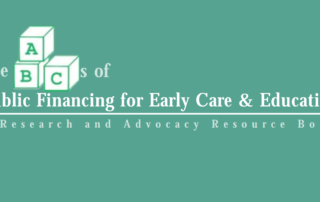Resilient and Reaching for More: Challenges and Benefits of Higher Education for Welfare Participants and Their Children
This report details the inspiration, struggles, and perseverance of those pursuing a college degree while receiving welfare in California and the benefits that education brings them and their children.








